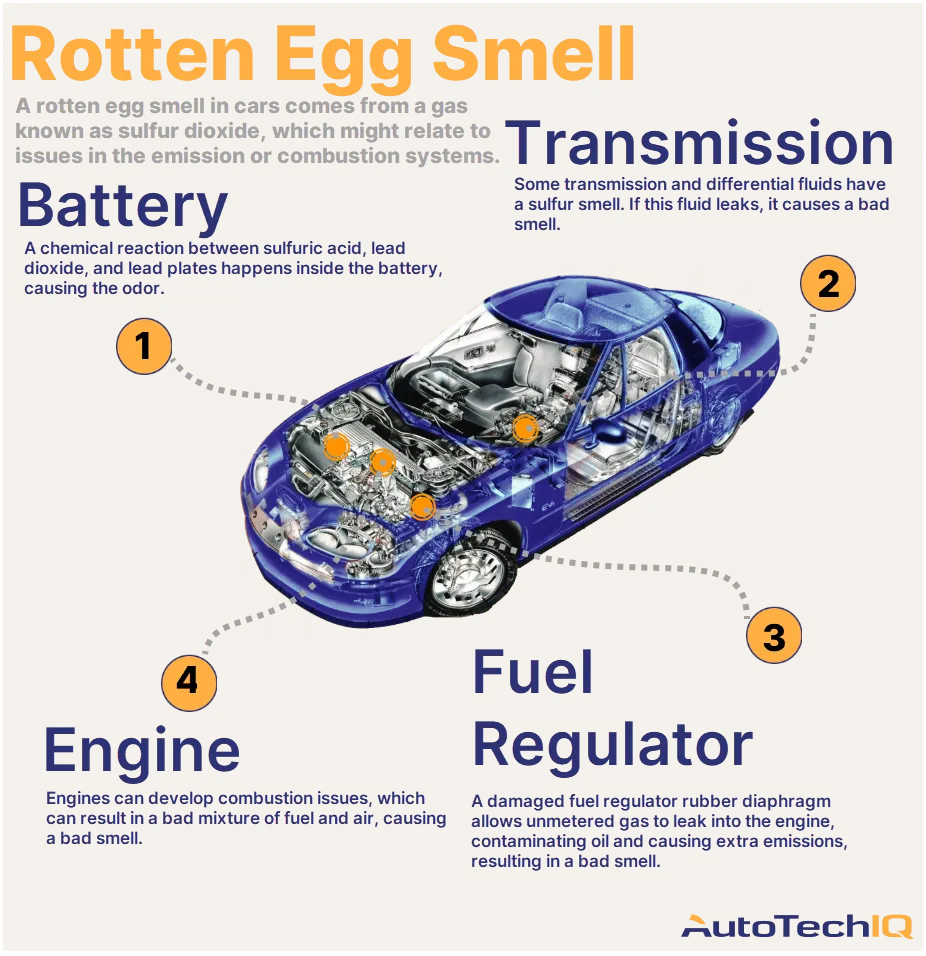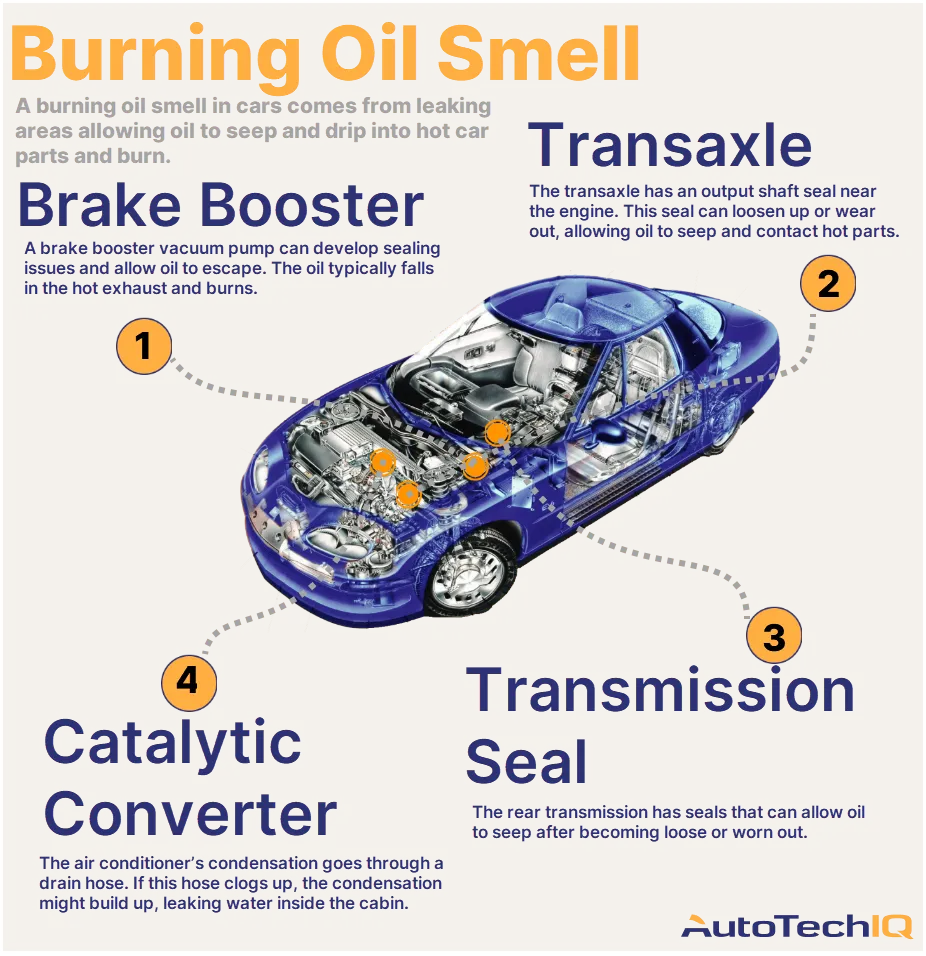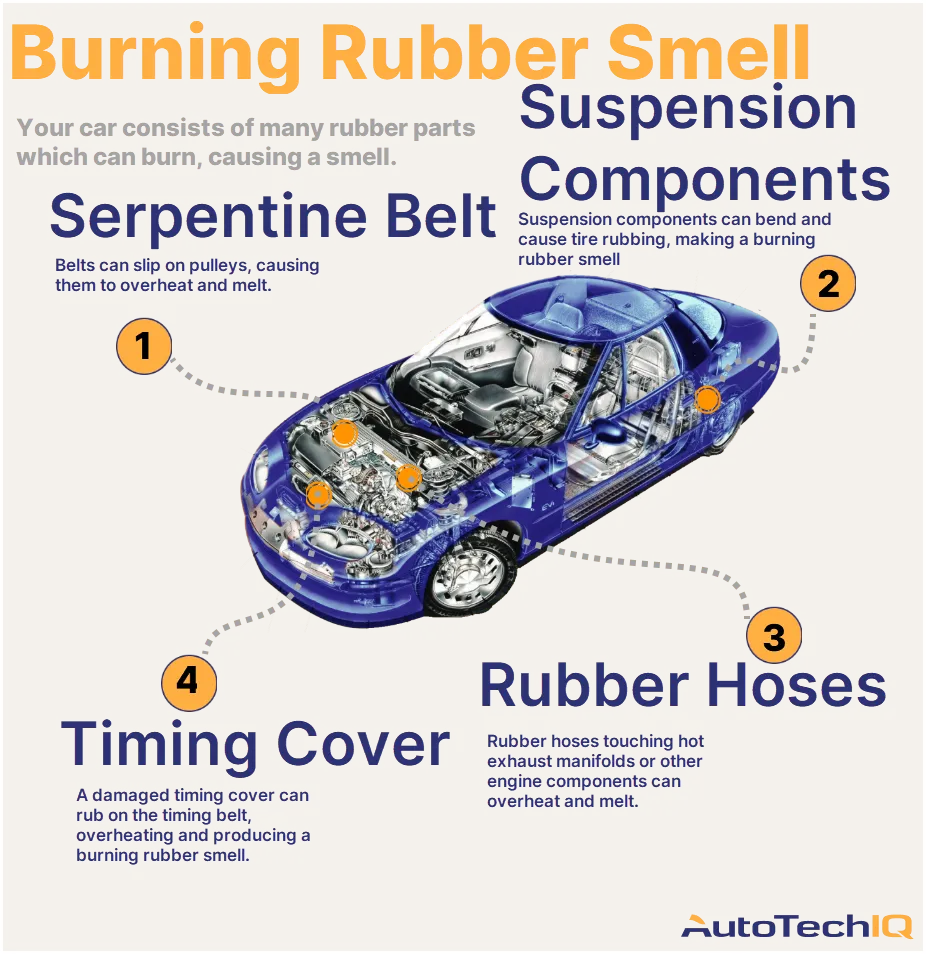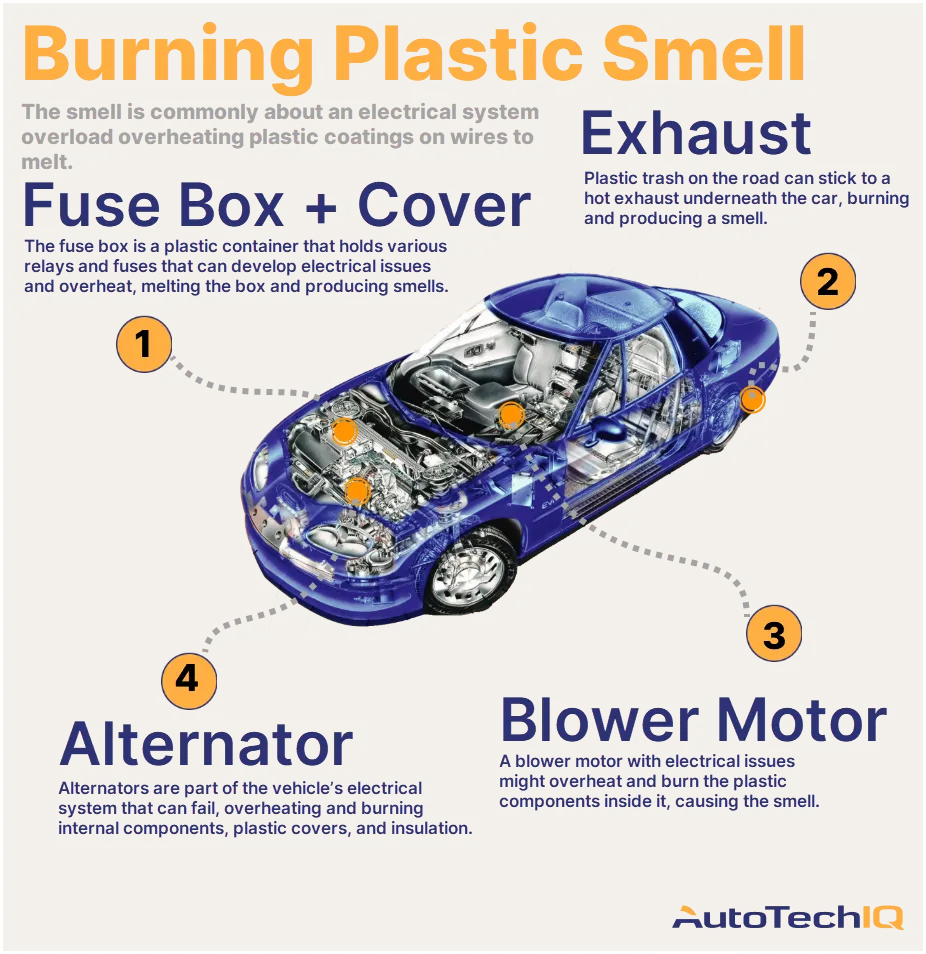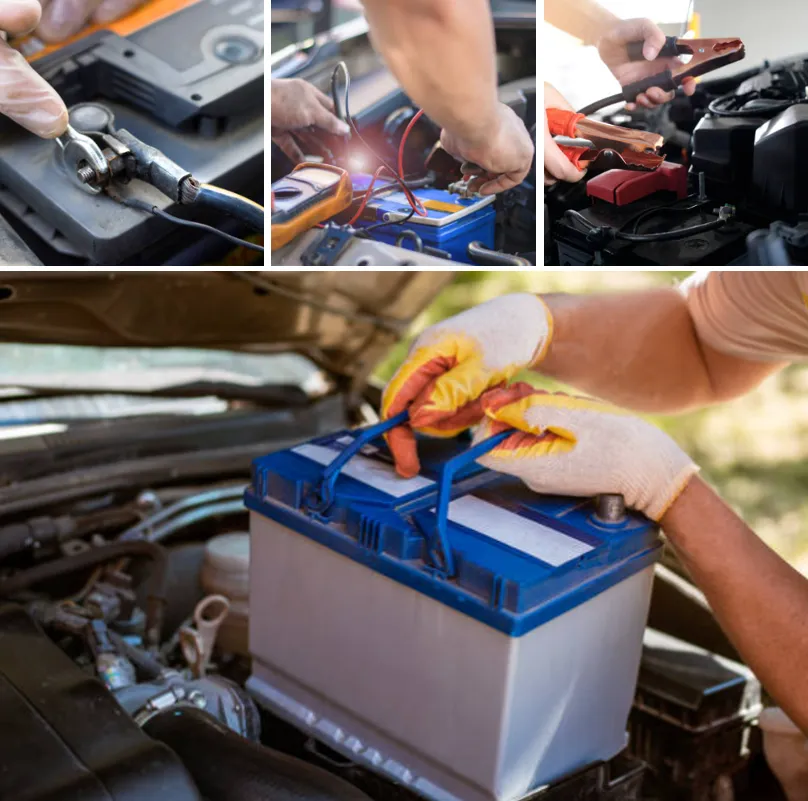
The car battery is a component of the vehicle and is a part of the car's electrical system. Its primary functions are to provide electrical power to the car's electrical equipment, with a particularly crucial role being to start the engine. If the car won't start, and there's either very weak or no starter motor rotation, the battery's condition should be checked first. In such a situation, it's best to seek assistance from a certified car repair center. The main issue is not just identifying a drained battery but understanding why it happened. This requires diagnosing the vehicle's electrical system.
Several factors can cause a battery to discharge. For instance, natural aging of a battery, which on average lasts about 3-5 years. Short trips with frequent engine starts can also drain the battery since the car's alternator may not fully charge the battery. A common reason is leaving lights or other electrical devices on. It's also essential to check for electric leaks, which can discharge the battery. Locating the sources of these leaks, such as faults in the wiring or ignition system, as well as inadequate or excessive battery charging (due to a malfunctioning alternator), requires an experienced technician. It's worth noting that in some instances, a battery might still function even with some current leakage.
If, after diagnosis, the electrical system seems fine, the focus should shift to diagnosing the battery itself. Using a voltmeter, one can check the voltage at the battery terminals (around 12.6V), and with a load tester, the battery's under-load performance (not less than 10.5V). It's also vital to check the electrolyte level and density (for maintainable batteries), which should not be below 1.27 units in each cell. If the electrolyte density in one cell is significantly lower than in others, it indicates a short circuit or degraded plates in that cell. In such a case, the battery should be discarded, and repair isn't advisable. If the electrolyte level is low, it should be topped up with distilled water (adding more electrolyte is not recommended, only in cases of electrolyte replacement or accidental spillage). Afterward, use a charger to charge the battery. For deep discharges and low electrolyte density, the battery should be charged manually using low currents. In automatic mode, chargers can't raise the electrolyte density. If the measures mentioned above don't restore the battery's functionality, it needs to be replaced.
If your car won't start and you can't go to a service center, you can use another car's battery to jump-start your own. Using specialized jumper cables, make sure to respect the polarity when charging your battery. Once charged, disconnect the cables from your battery before starting your engine. It's crucial not to try starting the engine while the second battery is still connected to your own, and to disconnect only after the engine has started. Doing so can severely damage your car's control unit, especially in modern vehicles.
The type of battery you choose depends on your vehicle's specifications and the manufacturer's recommendations. A common mistake when choosing a battery is the belief that "bigger is better." In this case, it's not true; the battery may not fully charge. Remember, batteries do not like being undercharged or overcharged, as this significantly shortens their lifespan. To extend battery life, it's essential to perform maintenance twice a year. For time-saving and safety reasons, carry out these tasks at a Certified Auto Repair center.
Types of Batteries:
- Lead-Acid Batteries: The classic type of battery, widely used in most cars. Their advantage is their low cost.
- Absorbent Glass Mat (AGM) Batteries: The electrolyte is absorbed in glass mats, offering high efficiency and vibration resistance. These are used in cars with high energy demands and in hybrid vehicles.
- Enhanced Flooded Batteries (EFB): These are advanced lead-acid batteries with improved cyclic durability characteristics. They are used in cars with start-stop systems, where the battery frequently undergoes cyclic discharges and charges.
- Lithium-Ion Batteries: Popular in electric and hybrid cars, they provide high energy density and have a long lifespan.
- Calcium Batteries: Plates contain added calcium, which reduces the need for electrolyte maintenance and minimizes fluid evaporation. These are used in cars with a high electrical load.
By adhering to these guidelines and choosing the right type of battery, you can ensure longer battery life and better performance.


